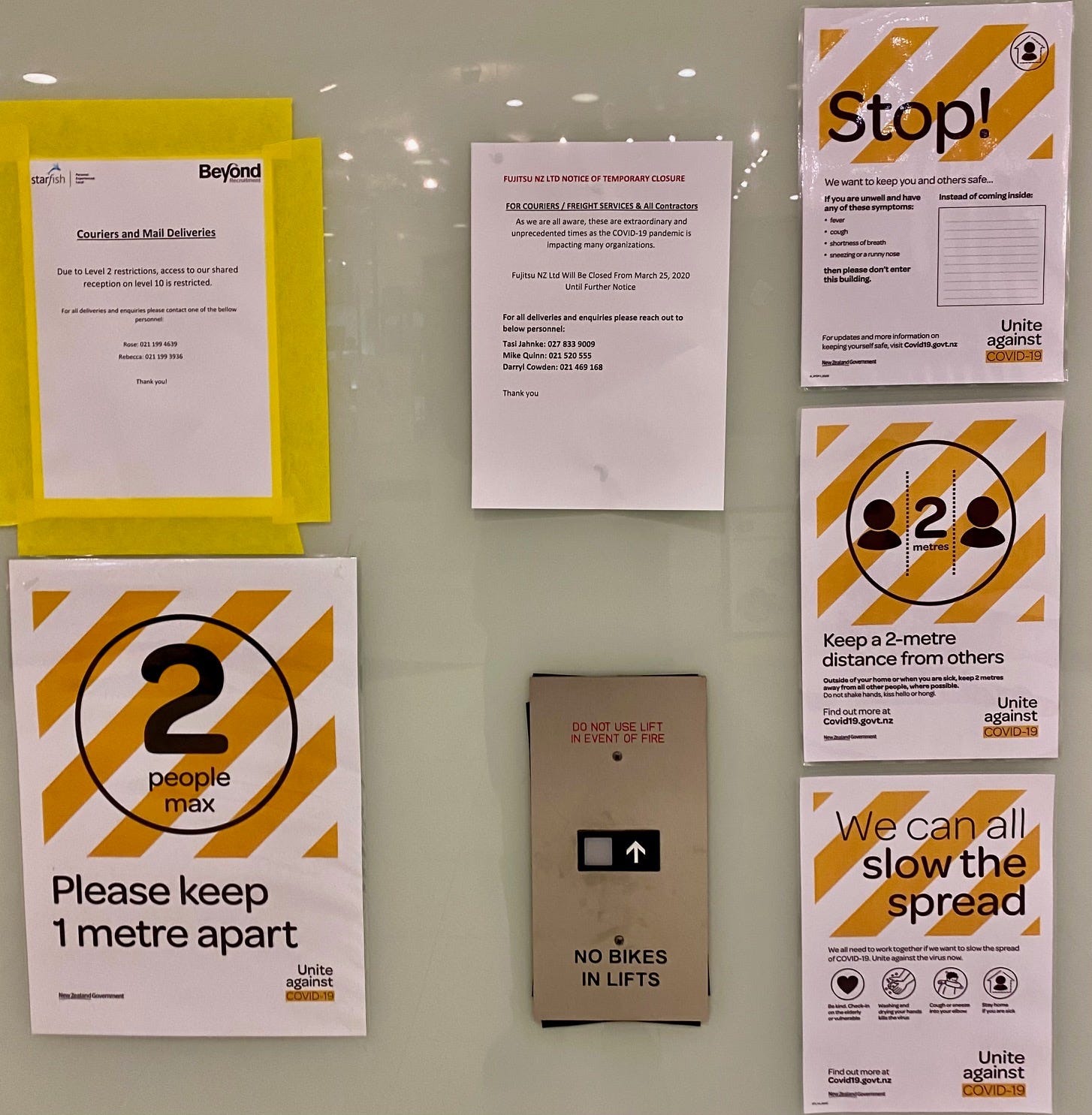Re-evaluating Sweden's Covid policy "experiment"
Covid outcomes were broadly similar to surrounding countries
In early 2020, as the world was becoming alarmed about the spread of Covid-19, the response in one country stood out as an internationally newsworthy departure from the norm. Anders Tegnell, Sweden’s State Epidemiologist, was regularly in front of TV cameras, arguing that widespread mandated lockdowns were not likely to prove beneficial in the longer term and might, in fact, prove damaging in important respects. He advocated an approach relying more on individual responsibility and a clear focus on risk and effective risk mitigation in an environment in which Covid was expected to eventually become endemic.
The Swedish authorities were not completely “hands-off”. For a period, restaurants and bars were required to move to table service only, social gatherings of more than fifty people were banned, and high schools and universities were advised (but not ordered) to move to remote teaching where feasible. But primary schools remained open, businesses continued to function and the public were asked to act responsibly to limit spread, by staying home if symptomatic and generally taking care to avoid exposure. In short, it was a light-touch approach relying on people to take personal responsibility.
The early Swedish experience was unpromising
Covid swept through elder-care facilities with high fatality rates. Mr Tegnell and his light-touch strategy came under intense pressure from critics seeking a stronger response. As early as June 2020, the Swedish Government established a National Commission of Inquiry to review the country’s Covid response strategy. That “Corona Commission”, of 8 independent experts, reported in December 2020, again in September 2021, and finally in February 2022.
The Commission judged that the early response in Sweden was both slow and inadequate, and that more directive measures should have been implemented, especially to protect the vulnerable elderly.
Fundamentally correct … with a more direct role for politicians
Responsibility for the pandemic response sat largely with the independent Swedish Public Health Agency and its epidemiologist Mr Tegnell. The inquiry faulted that model, making a number of points about inadequate pandemic preparedness, fragmented communication, and unclear lines of responsibility. It suggested a need for a more direct role for politicians, given the breadth and significance of the pandemic. However, in its final report, while retaining those points, the Commission endorsed the policy of avoiding widespread lockdowns as “fundamentally correct”.
Assessing the Swedish “experiment”
With the passage of nearly three years since Covid first emerged, how does the Swedish strategy look by comparison with those adopted elsewhere within western European and other developed countries?
In April 2022, What Sweden Got Right About COVID appeared in the Washington Monthly, presenting data on Sweden’s Covid experience in international comparison. The article argued that, after two years, there was not much to suggest that Sweden’s response strategy was less effective than others in terms of measures such as excess mortality and Covid-related deaths.1 Sweden then sat pretty much in the middle of the pack of wealthy Scandinavian and Western European countries. (And indeed it still does. Here is an updated graph of excess mortality to the end of 2022, see below for Covid-related deaths.)
Avoiding lockdowns was less damaging to wider social wellbeing
The Washington Monthly article argued that by avoiding widespread and prolonged lockdowns, disruption to Swedish society, particularly in areas of primary school education and wider social wellbeing, appears to have been less damaging than elsewhere.
In part prompted by that article, the Cato Institute, a Washington think-tank, held an online seminar in August 2022 in which expert reviewers offered views on the lessons available from the Swedish experience.
The key messages from the seminar were:
After early bad experience with Covid, Swedish data on excess mortality and other measures of Covid impact look broadly comparable to those of its neighbours and the better performing Western European nations.

Effective protection for the vulnerable and elderly is critical. Sweden was slow to achieve that.
The experience for Swedish primary school students, both in terms of educational progress overall and, importantly, in terms of gaps in progress between socially advantaged and disadvantaged children, appears to be better than in other countries where schools were closed.
Random factors can have a big influence on Covid infection rates across countries and regions – super-spreader events and “seed load” influences can drive very big differences in infection rates across regions. Sweden’s early bad experience may have been heavily influenced by the timing of a Stockholm school term break in late February 2020. Many families were holidaying at ski resorts in Northern Italy and Austria, where COVID was rife at the time. Neighbouring countries did not have school break at that time and were less directly exposed initially.
Despite the early public controversy in Sweden about the light-touch policy response, current surveys in Sweden indicate that public confidence in health and public authorities remains high.
A Royal Commission of Inquiry into New Zealand’s Covid experience and lessons available to assist future pandemic planning is about to get underway.2 It will do well to explore the rich pickings from the Swedish experience and the existing reports of the Swedish National Commission as it comes to its judgements about New Zealand's past and future pandemic response strategies.
Excess mortality and Covid-related deaths are different, but related, measures of the toll from Covid-19. Broadly speaking, excess mortality is an estimate of how many additional deaths occurred, relative to the number that might be expected without Covid. Covid-related deaths, on the other hand, is the official death count provided by a country’s responsible agency. Our World in Data provides further details, see Excess mortality during COVID-19: background and Deaths from COVID-19: background.
The Beehive website has a Summary of the Royal Commission’s terms of reference.









Given the attention that Sweden received in the early stages of the pandemic, mostly in the form of criticism of its light-handed approach and predictions of a very high covid-19 death rate, your review usefully audits those predictions. A more detailed analysis would involve cross-sectionally regressing covid-19 death rates for countries on various variables that might explain the cross-sectional variation in death rates, including the severity of government restrictions. A number of papers have done so. For one such effort, see pp. 64-71 of the following, which also summarises results from other studies:
https://trebuchet.public.springernature.app/get_content/82ed6c5a-08d8-4683-aef4-08006a8f3c0f
This paper concluded that more severe restrictions were associated with higher (rather than lower) death rates, but this was not statistically significant. Thus, consistent with your analysis, the apocalyptic predictions for Sweden were not supported by the data.